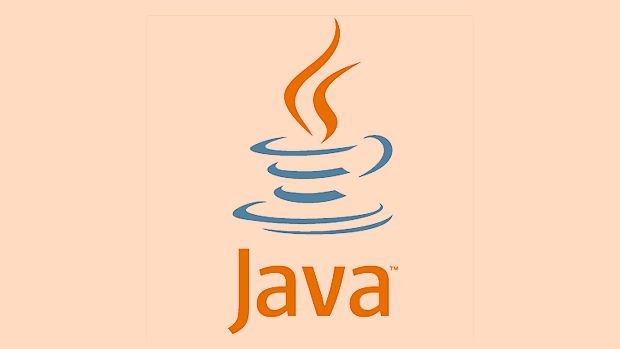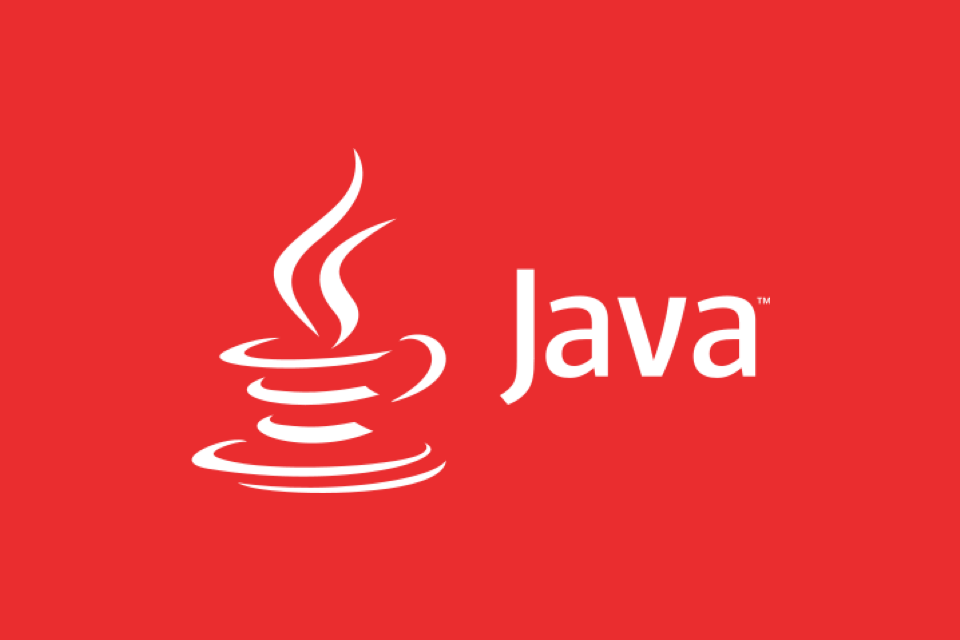Common Java APM tools include New Relic, Datadog APM, AppDynamics, SkyWalking, Pinpoint and Prometheus Grafana Micrometer combinations; whether APM is required depends on system lag, complex microservice calls, performance details and optimization requirements; APM should consider deployment methods, learning costs, performance impact, cost and integration capabilities; when using them, you should pay attention to reasonable configuration, sampling rate, alarm rules, and analyze the root cause in combination with code.

The performance monitoring (APM) tool for Java applications is simply used to "start" your Java programs to run steadily or quickly. If you find that the system response is slow, the interface timeouts frequently, and the resource occupancy is abnormal, you may need a reliable APM to help you locate the problem. This type of tool can not only help you see the overall running status, but also go deep into the code level to analyze bottlenecks.

The following is a few practical use scenarios and talk about the commonly used APM tools and how to choose and use them.
What are the common Java APM tools?
Currently, there are many mainstream Java APM tools on the market, each with its own focus. Common ones are:

- New Relic : It has a friendly interface, suitable for quick access, and supports automatic detection of many frameworks, such as Spring Boot.
- Datadog APM : It has high integration, and it is more convenient to use with its logs and monitoring products.
- AppDynamics : Enterprise-level tool, powerful and suitable for complex systems, but it is also a little troublesome to configure.
- SkyWalking : Open source free, domestic, active community, suitable for teams who want to build their own but don’t want to spend too much money.
- Pinpoint : Also open source, developed by Koreans, it does a relatively detailed tracking of Java.
- Prometheus Grafana Micrometer : Although it is not an APM in the traditional sense, it can also be used as a basic indicator collection and display when combined.
Some of these tools are SaaS services, and some can be deployed locally and selected according to your budget and needs.
How to determine whether APM is needed?
In fact, not every project has to install APM. We recommend that you consider introducing the following situations:

- The system occasionally stumbles after it is launched, but there is no obvious error in the log
- It is the responsibility of multiple microservices to be called frequently, but if there is a problem, it is difficult to locate it.
- Want to understand the details of SQL execution time, HTTP request time, etc.
- There are performance optimization requirements, such as improving QPS or reducing latency
If you are just writing a gadget or a small service for testing the environment, you may not need it for the time being. But once you enter the production environment and increase the number of users, APM is almost standard.
How to choose the APM tool that suits you?
When choosing APM, you cannot just look at the many functions, but also need to combine them with the actual situation. The following dimensions can be referenced:
- Deployment method : Do you want to set up a server by yourself? Is there any operation and maintenance capability?
- Learning cost : Will it be too complicated? Is there any documentation and community support?
- Performance impact : Some APM instrumentation will cause certain performance losses, especially for method-level tracking.
- Cost : The commercial version is expensive at most several thousand US dollars per month. Although the open source solution is free, it also requires manpower to build and maintain it.
- Integration capability : Can it be connected with the existing CI/CD processes and alarm systems?
For example, if it is a small and medium-sized team and wants to achieve results quickly, SaaS solutions such as New Relic or Datadog are more suitable; if the company has strong technical capabilities and wants to invest in the long term, open source solutions such as SkyWalking are more suitable.
What should you pay attention to when using APM?
Installing an APM does not mean that the problem can be solved. Some points to pay attention to in actual use:
- Don't open it all, especially in-depth tracking, which will affect performance
- Configure the sampling rate well to avoid excessive data causing high storage pressure
- Set reasonable alarm rules so that notifications don't overwhelm the real problems
- Check reports regularly to develop the habit of discovering problems through data
In addition, APM is just an auxiliary tool that can tell you "where to be slow", but "why it is slow" depends on you to analyze code logic, database index, network status, etc.
Basically that's it. APM tools seem quite complicated, but as long as you figure out what problems you want to solve, it is actually not difficult to choose the right direction.
The above is the detailed content of Java Application Performance Monitoring (APM) Tools. For more information, please follow other related articles on the PHP Chinese website!

Hot AI Tools

Undress AI Tool
Undress images for free

Undresser.AI Undress
AI-powered app for creating realistic nude photos

AI Clothes Remover
Online AI tool for removing clothes from photos.

Clothoff.io
AI clothes remover

Video Face Swap
Swap faces in any video effortlessly with our completely free AI face swap tool!

Hot Article

Hot Tools

Notepad++7.3.1
Easy-to-use and free code editor

SublimeText3 Chinese version
Chinese version, very easy to use

Zend Studio 13.0.1
Powerful PHP integrated development environment

Dreamweaver CS6
Visual web development tools

SublimeText3 Mac version
God-level code editing software (SublimeText3)
 Asynchronous Programming Techniques in Modern Java
Jul 07, 2025 am 02:24 AM
Asynchronous Programming Techniques in Modern Java
Jul 07, 2025 am 02:24 AM
Java supports asynchronous programming including the use of CompletableFuture, responsive streams (such as ProjectReactor), and virtual threads in Java19. 1.CompletableFuture improves code readability and maintenance through chain calls, and supports task orchestration and exception handling; 2. ProjectReactor provides Mono and Flux types to implement responsive programming, with backpressure mechanism and rich operators; 3. Virtual threads reduce concurrency costs, are suitable for I/O-intensive tasks, and are lighter and easier to expand than traditional platform threads. Each method has applicable scenarios, and appropriate tools should be selected according to your needs and mixed models should be avoided to maintain simplicity
 Best Practices for Using Enums in Java
Jul 07, 2025 am 02:35 AM
Best Practices for Using Enums in Java
Jul 07, 2025 am 02:35 AM
In Java, enums are suitable for representing fixed constant sets. Best practices include: 1. Use enum to represent fixed state or options to improve type safety and readability; 2. Add properties and methods to enums to enhance flexibility, such as defining fields, constructors, helper methods, etc.; 3. Use EnumMap and EnumSet to improve performance and type safety because they are more efficient based on arrays; 4. Avoid abuse of enums, such as dynamic values, frequent changes or complex logic scenarios, which should be replaced by other methods. Correct use of enum can improve code quality and reduce errors, but you need to pay attention to its applicable boundaries.
 Understanding Java NIO and Its Advantages
Jul 08, 2025 am 02:55 AM
Understanding Java NIO and Its Advantages
Jul 08, 2025 am 02:55 AM
JavaNIO is a new IOAPI introduced by Java 1.4. 1) is aimed at buffers and channels, 2) contains Buffer, Channel and Selector core components, 3) supports non-blocking mode, and 4) handles concurrent connections more efficiently than traditional IO. Its advantages are reflected in: 1) Non-blocking IO reduces thread overhead, 2) Buffer improves data transmission efficiency, 3) Selector realizes multiplexing, and 4) Memory mapping speeds up file reading and writing. Note when using: 1) The flip/clear operation of the Buffer is easy to be confused, 2) Incomplete data needs to be processed manually without blocking, 3) Selector registration must be canceled in time, 4) NIO is not suitable for all scenarios.
 How Java ClassLoaders Work Internally
Jul 06, 2025 am 02:53 AM
How Java ClassLoaders Work Internally
Jul 06, 2025 am 02:53 AM
Java's class loading mechanism is implemented through ClassLoader, and its core workflow is divided into three stages: loading, linking and initialization. During the loading phase, ClassLoader dynamically reads the bytecode of the class and creates Class objects; links include verifying the correctness of the class, allocating memory to static variables, and parsing symbol references; initialization performs static code blocks and static variable assignments. Class loading adopts the parent delegation model, and prioritizes the parent class loader to find classes, and try Bootstrap, Extension, and ApplicationClassLoader in turn to ensure that the core class library is safe and avoids duplicate loading. Developers can customize ClassLoader, such as URLClassL
 Handling Common Java Exceptions Effectively
Jul 05, 2025 am 02:35 AM
Handling Common Java Exceptions Effectively
Jul 05, 2025 am 02:35 AM
The key to Java exception handling is to distinguish between checked and unchecked exceptions and use try-catch, finally and logging reasonably. 1. Checked exceptions such as IOException need to be forced to handle, which is suitable for expected external problems; 2. Unchecked exceptions such as NullPointerException are usually caused by program logic errors and are runtime errors; 3. When catching exceptions, they should be specific and clear to avoid general capture of Exception; 4. It is recommended to use try-with-resources to automatically close resources to reduce manual cleaning of code; 5. In exception handling, detailed information should be recorded in combination with log frameworks to facilitate later
 How does a HashMap work internally in Java?
Jul 15, 2025 am 03:10 AM
How does a HashMap work internally in Java?
Jul 15, 2025 am 03:10 AM
HashMap implements key-value pair storage through hash tables in Java, and its core lies in quickly positioning data locations. 1. First use the hashCode() method of the key to generate a hash value and convert it into an array index through bit operations; 2. Different objects may generate the same hash value, resulting in conflicts. At this time, the node is mounted in the form of a linked list. After JDK8, the linked list is too long (default length 8) and it will be converted to a red and black tree to improve efficiency; 3. When using a custom class as a key, the equals() and hashCode() methods must be rewritten; 4. HashMap dynamically expands capacity. When the number of elements exceeds the capacity and multiplies by the load factor (default 0.75), expand and rehash; 5. HashMap is not thread-safe, and Concu should be used in multithreaded
 Explained: Java Polymorphism in Object-Oriented Programming
Jul 05, 2025 am 02:52 AM
Explained: Java Polymorphism in Object-Oriented Programming
Jul 05, 2025 am 02:52 AM
Polymorphism is one of the core features of Java object-oriented programming. Its core lies in "one interface, multiple implementations". It implements a unified interface to handle the behavior of different objects through inheritance, method rewriting and upward transformation. 1. Polymorphism allows the parent class to refer to subclass objects, and the corresponding methods are called according to the actual object during runtime; 2. The implementation needs to meet the three conditions of inheritance relationship, method rewriting and upward transformation; 3. It is often used to uniformly handle different subclass objects, collection storage and framework design; 4. When used, only the methods defined by the parent class can be called. New methods added to subclasses need to be transformed downward and accessed, and pay attention to type safety.
 Effective Use of Java Enums and Best Practices
Jul 07, 2025 am 02:43 AM
Effective Use of Java Enums and Best Practices
Jul 07, 2025 am 02:43 AM
Java enumerations not only represent constants, but can also encapsulate behavior, carry data, and implement interfaces. 1. Enumeration is a class used to define fixed instances, such as week and state, which is safer than strings or integers; 2. It can carry data and methods, such as passing values ??through constructors and providing access methods; 3. It can use switch to handle different logics, with clear structure; 4. It can implement interfaces or abstract methods to make differentiated behaviors of different enumeration values; 5. Pay attention to avoid abuse, hard-code comparison, dependence on ordinal values, and reasonably naming and serialization.






